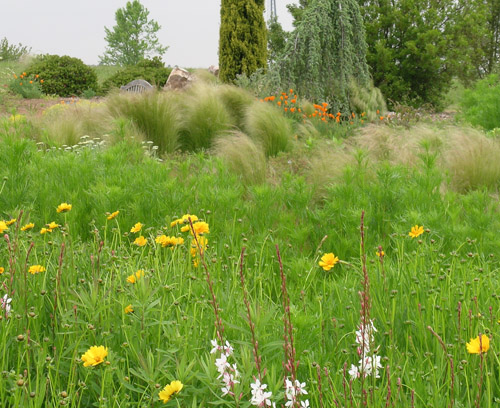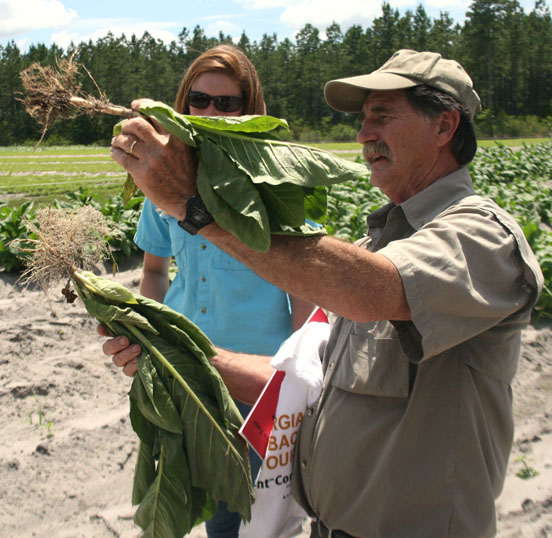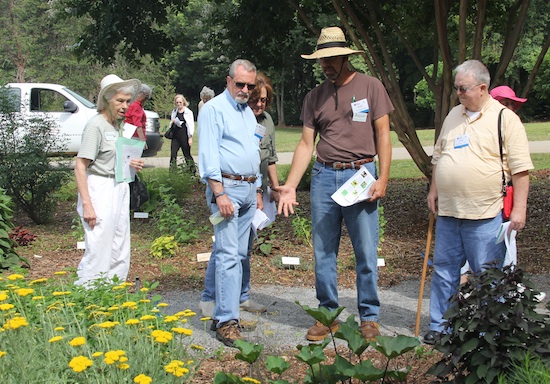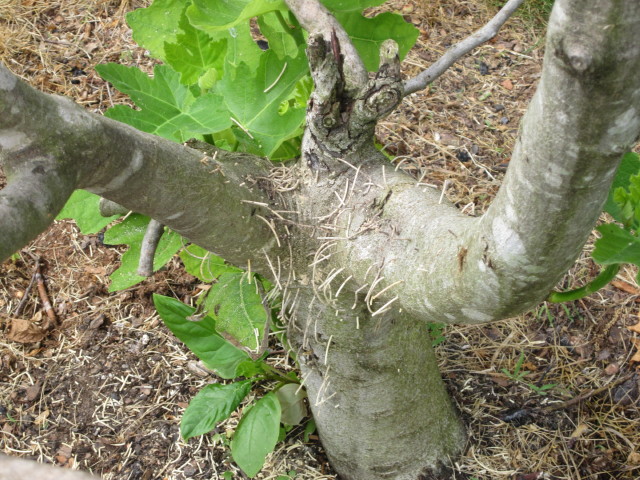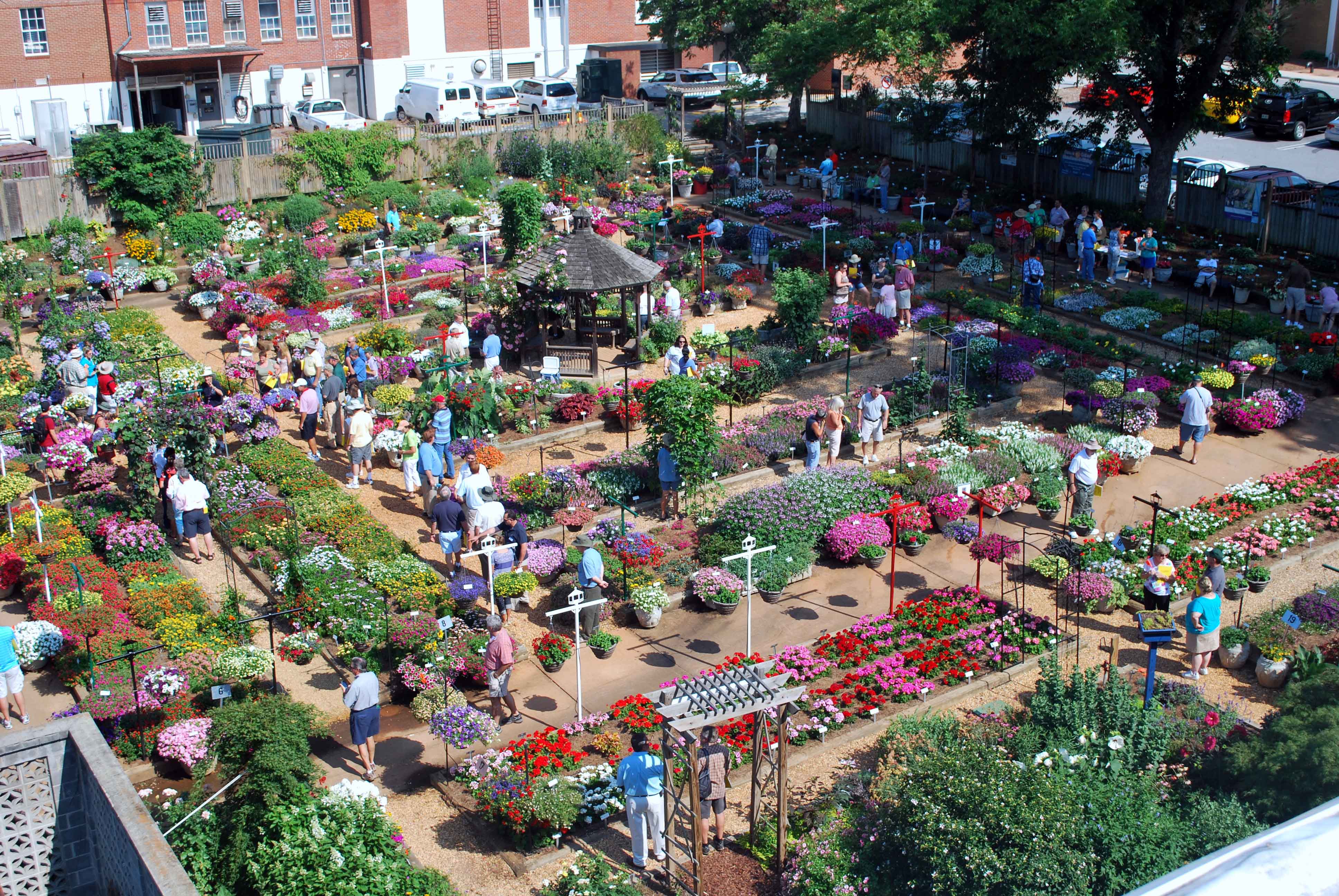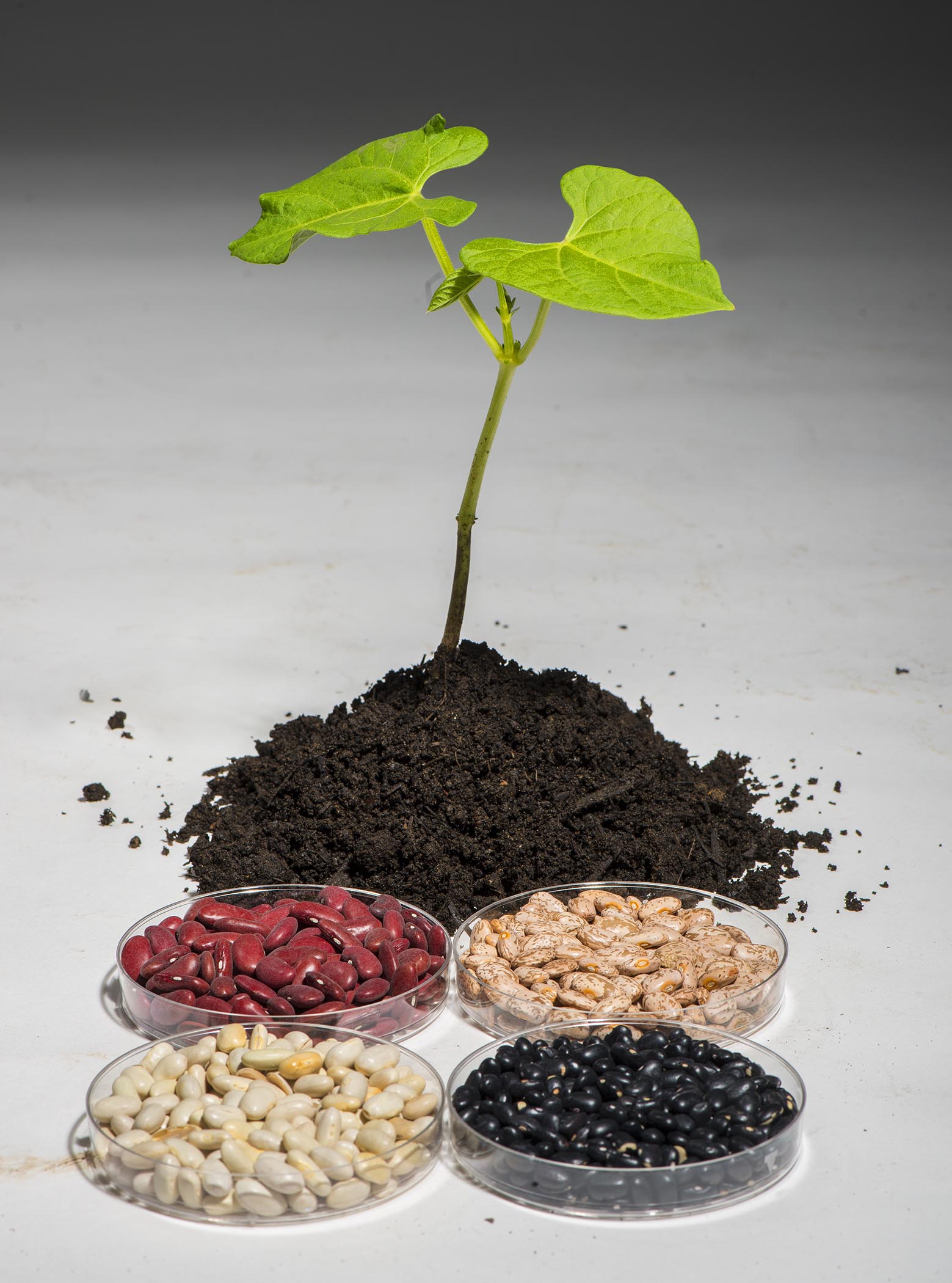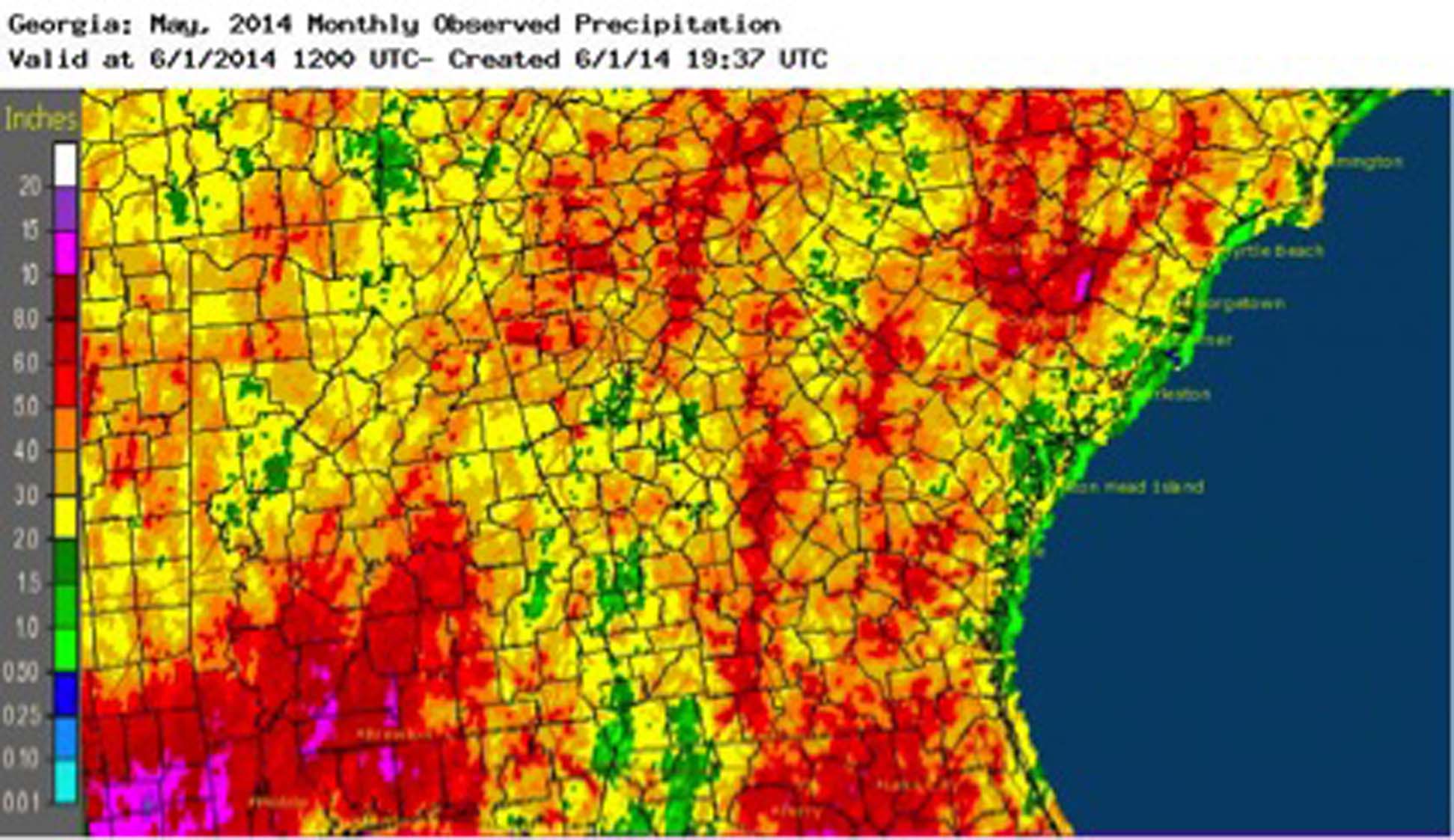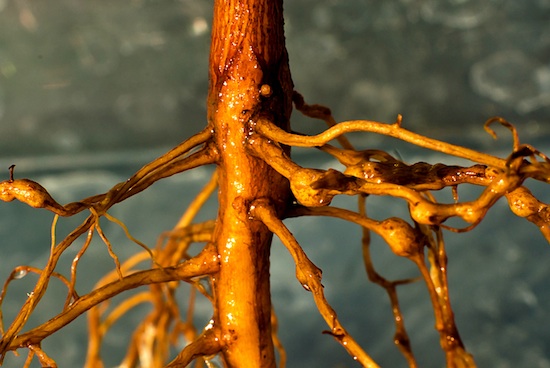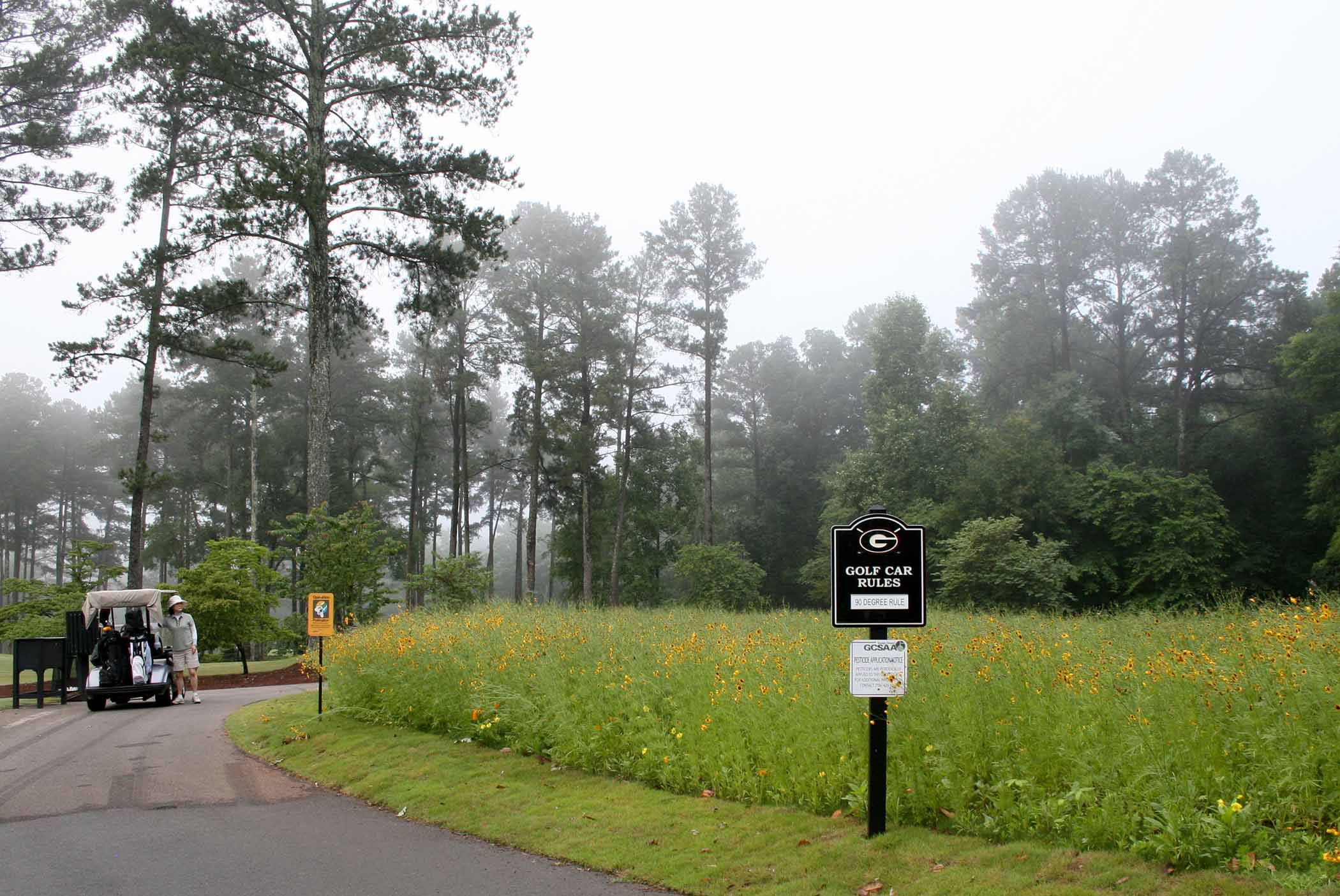 CAES News
CAES News
Golf Course Pollinators
Golf courses are some of the most heavily managed urban landscapes, but that doesn’t mean they don’t have room for wildlife. At the University of Georgia, golf course superintendent Scott Griffith is making sure pollinators have the flowers and space they need to thrive.

